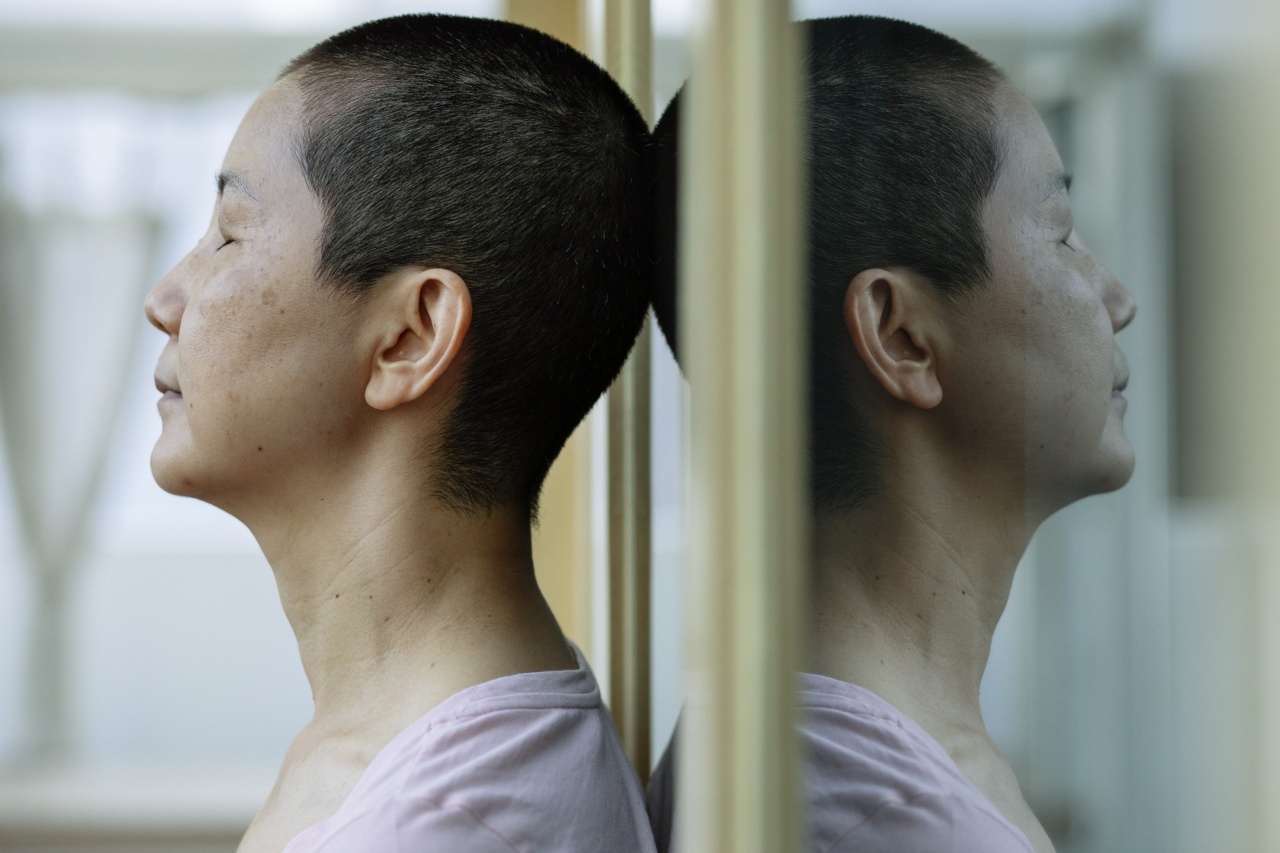Tumor progression is a complex process that involves the uncontrolled growth and division of cells. It is a hallmark characteristic of cancer and a major hurdle in the successful treatment of the disease.
Traditional treatment options such as surgery, chemotherapy, and radiation therapy have been the mainstay in tumor management. However, with the advent of modern medicine, there has been a shift towards combined therapies that offer a more comprehensive approach to tackling tumor progression.
The Rise of Combined Therapy
Combined therapy refers to the use of multiple treatment modalities in tandem to target different aspects of tumor growth and spread. It recognizes that tumors are heterogeneous and can develop resistance to single therapies.
By combining different therapeutic approaches, the aim is to enhance treatment efficacy and reduce the likelihood of drug resistance.
There are several strategies employed in combined therapy, including the use of multiple chemotherapy agents, combining chemotherapy with targeted therapies, and combining chemotherapy with immunotherapy.
These approaches have shown great promise in preclinical and clinical studies.
The Synergy of Multiple Chemotherapy Agents
One of the most common strategies in combined therapy is the use of multiple chemotherapy agents. Different drugs can have distinct mechanisms of action, allowing for a more comprehensive attack on cancer cells.
Additionally, some drugs may enhance the activity of others, leading to a synergistic effect.
A classic example of this is the combination of cisplatin and pemetrexed in the treatment of advanced non-small cell lung cancer.
Cisplatin is a platinum-based agent that damages the DNA of cancer cells, while pemetrexed inhibits the production of nucleotides necessary for DNA synthesis. When used together, they have been shown to improve overall survival compared to either drug alone.
Similarly, the combination of doxorubicin and cyclophosphamide has been successful in the treatment of breast cancer.
Doxorubicin is a DNA intercalating agent that disrupts DNA replication, while cyclophosphamide is an alkylating agent that prevents cancer cell division. The combination of these two drugs has demonstrated improved response rates and disease-free survival.
Targeted Therapies in Combination
Targeted therapies are drugs that specifically target molecules or receptors involved in tumor growth and survival. They aim to disrupt the signaling pathways that drive cancer cell proliferation, without harming normal cells.
While targeted therapies can be effective on their own, combining them with other treatment modalities can further enhance their efficacy.
An example of combined therapy involving targeted therapies is the treatment of HER2-positive breast cancer. HER2 is a protein that is overexpressed in some breast cancer cases and promotes tumor growth.
Trastuzumab, a monoclonal antibody that targets HER2, has been shown to improve survival outcomes in HER2-positive breast cancer patients. When combined with chemotherapy agents such as docetaxel, trastuzumab has an even greater impact on tumor regression.
Another example is the use of tyrosine kinase inhibitors (TKIs) in combination with chemotherapy in the treatment of advanced-stage non-small cell lung cancer.
TKIs such as erlotinib and gefitinib target the epidermal growth factor receptor (EGFR), which is frequently mutated in lung cancer. When administered with chemotherapy, TKIs have been shown to improve response rates and overall survival.
Immunotherapy and Chemotherapy
Immunotherapy is a relatively new treatment modality that harnesses the power of the immune system to fight cancer. It works by boosting the body’s natural defenses against cancer cells.
When used in combination with chemotherapy, immunotherapy can enhance the response rate and duration of response.
One example of combined therapy involving immunotherapy and chemotherapy is the treatment of metastatic melanoma. High-dose interleukin-2 (IL-2) has been used as an immunotherapy agent for metastatic melanoma for several years.
When combined with chemotherapy agents such as dacarbazine or temozolomide, the response rates have improved significantly.
Another example is the combination of immune checkpoint inhibitors with chemotherapy in the treatment of non-small cell lung cancer.
Immune checkpoint inhibitors, such as pembrolizumab and nivolumab, target proteins that inhibit immune responses against cancer cells. When used in combination with chemotherapy, these inhibitors have shown improved overall survival compared to chemotherapy alone.
Future Directions
The field of combined therapy is rapidly evolving, with ongoing research focused on identifying new treatment combinations and optimizing their use.
The advent of precision medicine and molecular profiling has allowed for personalized treatment strategies that take into account the specific characteristics of a patient’s tumor.
Additionally, researchers are exploring the use of novel therapeutic agents and treatment modalities in combination.
For example, the combination of oncolytic viruses with immunotherapy and chemotherapy has shown promising results in early-phase clinical trials.
Furthermore, advances in technology and computational models are enabling researchers to predict the efficacy of different treatment combinations through artificial intelligence and machine learning algorithms.
This information can inform treatment decisions and help identify the most effective combined therapies for individual patients.
Conclusion
Combined therapy offers a multifaceted and comprehensive approach to slow tumor progression. By targeting different aspects of tumor growth and survival, it aims to enhance treatment efficacy and overcome drug resistance.
The synergistic effects of combining chemotherapy agents, targeted therapies, and immunotherapy have shown great promise in preclinical and clinical studies.
As research continues to uncover new treatment combinations and optimize their use, combined therapy is likely to play an increasingly important role in the management of tumors.
Personalized treatment strategies and advances in technology are shaping the future of combined therapy, offering hope for improved outcomes in patients with cancer.


























